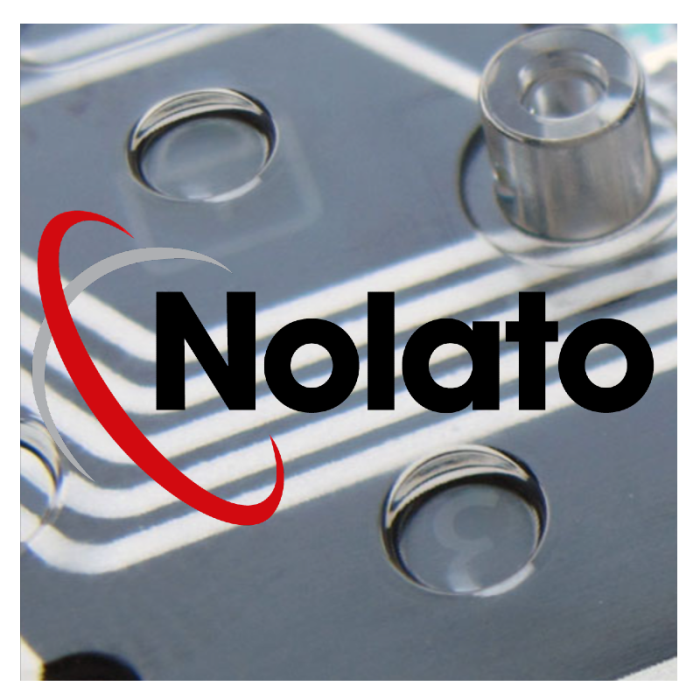

Integrating components during the injection-molding process has long been one of Nolato’s core capabilities. Adding sheets of fiber-reinforced plastic or complex metal components at the injection-molding stage have been some of the methods used to strengthen vulnerable parts of products or to simplify the assembly process during injection molding.
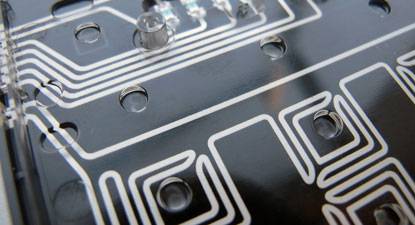
IN-MOLD ELECTRONICS
Integrated Solutions in China has now taken this way of further refining the injection-molding process by integrating electronic components during injection molding using a method called in-mold electronics or IME.
“The advantage this offers is to simplify the process that follows because you avoid having to assemble the electronic components separately,” explains Mattias Bengtsson, Projects & Engineering Director at Nolato Beijing. “But you also create a completely watertight and secure environment for the electronics, which is a major advantage in many applications.”
Integrating electronics during injection molding can also be combined with in-mold labeling, IML, which involves printing the electrically conductive tracks onto a thin plastic film along with electronic components and creating a simple circuit board inside the plastic component. The plastic film is then formed to fit the shape of the component and molded over during injection molding to encase the electronics completely.
This integration generates opportunities to create numerous built-in functions at the injection-molding stage of a plastic component, such as touch function, NFC, haptic response, and lighting.







.png)



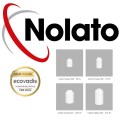
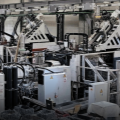




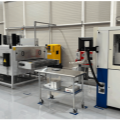


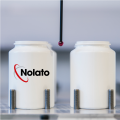



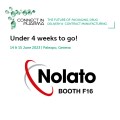








.jpg)